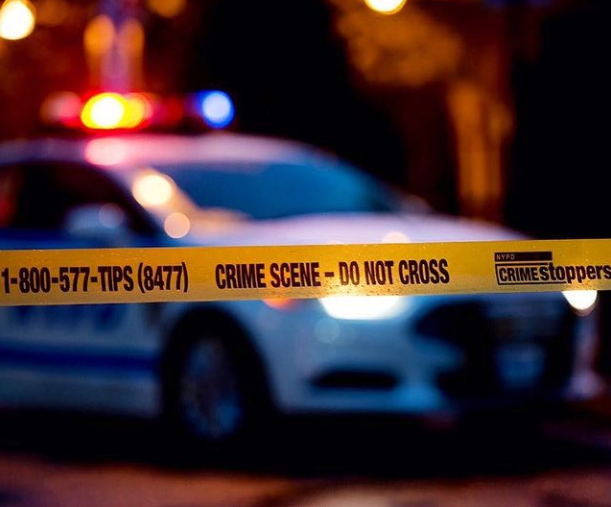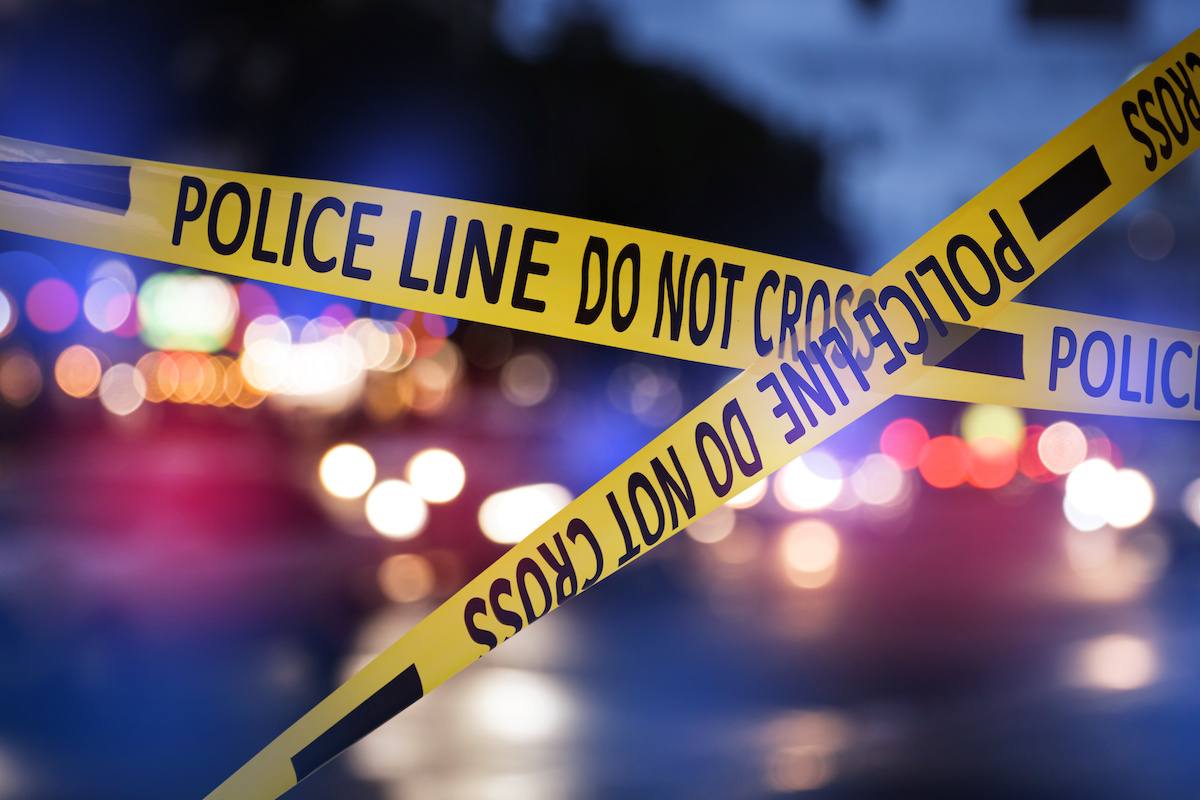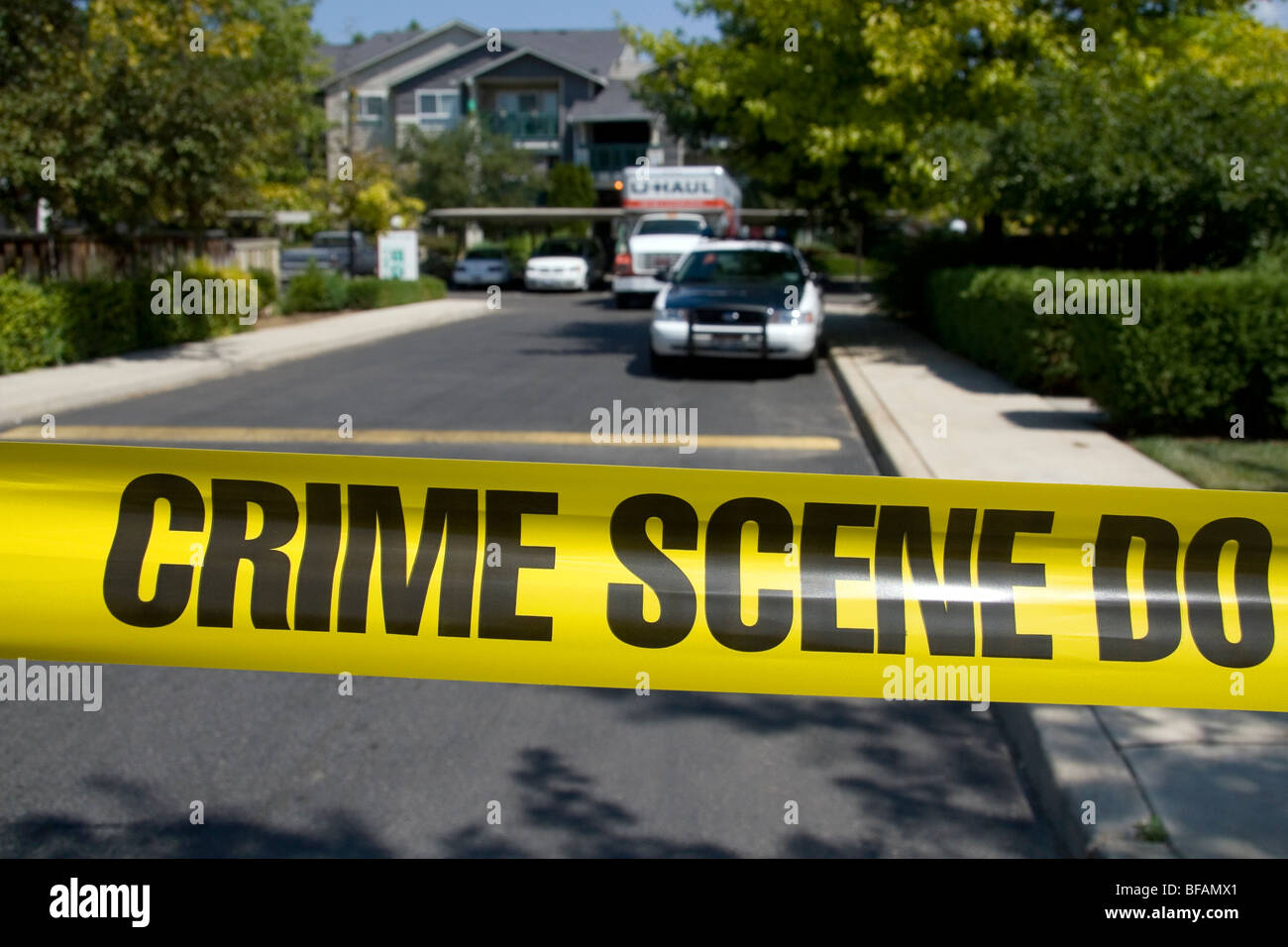Understanding Police Tape: Uses & Importance | Your Guide
In the intricate world of law enforcement, how does a simple strip of colored tape become a sentinel, a silent guardian of justice? The answer lies in the multifaceted role of police tape, a seemingly unassuming tool that is, in reality, a cornerstone of crime scene management and the preservation of evidence.
When a crime occurs, the location itself transforms into a critical arena. It is within this zone that investigators must meticulously gather evidence, carefully piecing together the fragmented narrative of events. This process is not merely about collecting physical artifacts; it is a delicate dance of observation, preservation, and deduction. To ensure the integrity of this process, law enforcement relies on a suite of tools, with police tape standing as one of the most fundamental. Commonly known as crime scene tape, it serves as the initial line of defense, a visual barrier meant to secure and isolate the area from the intrusions of the public and, in many cases, even other law enforcement personnel not directly involved in the investigation.
The evolution of police tape usage reflects the growing sophistication of crime scene investigation. Initially, many police departments utilized yellow tape exclusively to delineate both the outer and inner boundaries of a crime scene. However, this practice often led to confusion. It was challenging for officers to distinguish between areas with general access restrictions and those containing the most crucial pieces of evidence. The advent of specialized color-coding addressed this issue, with red tape emerging to specifically mark the inner, most restricted zones of a crime scene. This color differentiation provides a clear and immediate visual signal to officers and the public alike, instantly communicating the level of restriction and the importance of the area.
- Belvedere Inn Restaurant Saugatuck Your Dream Getaway Awaits
- Oj Simpsons Family Arnelle Sydney Justin Simpson Untold Stories
The standard appearance of crime scene tape is also a crucial part of its effectiveness. Classically, it is bright yellow, chosen for its high visibility. This vibrant color, coupled with bold black lettering and symbols (such as stripes), ensures that the tape immediately captures attention. The ubiquitous phrase "Do Not Cross" is a common choice, clearly communicating the immediate directive. The tape frequently includes the name of the investigating agency, further clarifying the nature of the restriction and the authority behind it.
Beyond the basic yellow and red variations, there are other colors of police tape, each with its specific function. Green police tape, for example, is often used to signal the presence of hazardous materials or to indicate areas where emergency services need access. Blue crime scene flagging tape is another type sometimes utilized to mark and protect specific pieces of evidence or to guide the path of investigators through the scene. The variations in color allow the law enforcement to communicate varying levels of risk, restriction, and the types of hazards that may be present within the secured area.
The strategic deployment of police tape plays a vital role in preserving the scene's integrity, preventing contamination, and ensuring that the investigators can collect untainted evidence. The goal is to prevent unauthorized access, safeguarding the scene from the curious onlookers or the unintentional intrusion of individuals who could inadvertently destroy or move critical items. The immediate and clear warning conveyed by the tape is designed to dissuade interference and minimize the risks associated with the potential for evidence to be compromised. Red tape, in particular, signifies a high level of restriction, emphasizing the seriousness of the crime and the need for the utmost care in preservation. This level of restriction goes hand-in-hand with serious crime, accidents, or hazardous material spills where the use of red tape becomes paramount.
- Gracie Mae Thompson Missing Girl Scam Uncovering The Truth What You Need To Know
- Brand Mascot Magic Secrets To Boosting Your Brand
| Subject | Details |
|---|---|
| Common Name | Crime Scene Tape, Barricade Tape, Barrier Tape, Caution Tape, Police Tape |
| Primary Purpose | To secure and isolate crime scenes, preventing unauthorized access and preserving evidence. |
| Colors & Meanings |
|
| Lettering and Symbols | "Do Not Cross," agency name, stripes, warnings |
| Materials | Polyethylene (often tear-resistant) |
| Width & Length | Typically 3 inches wide, 100 feet or 1000 feet rolls |
| Functions |
|
| Importance | The first line of defense to protect a crime scene's integrity and a critical tool for meticulous evidence gathering. |
This "police line do not cross" tape is not just a physical barrier; it is a symbol of the power vested in law enforcement to maintain order and uphold the integrity of an investigation. It also makes the public understand that an investigation is underway, and certain areas are restricted. It is a visual representation of the boundaries within which those with specific authority can operate and which the public is not permitted to breach. It is an essential tool for crime scene documentation, photography, and, ultimately, for seeking justice. The use of this barrier tape serves to notify the public that an investigation is ongoing and that a particular area is restricted.
The significance of this seemingly mundane material cannot be overstated. The use of police tape to create a secure perimeter for a crime scene has also been critical to its success. Its physical presence is not merely to section off an area; rather, it is an attempt to preserve and protect the integrity of any evidence. This crucial aspect of crime scene control is to gather evidence that will be used in court. This tape is a critical component of the entire process. The brightly colored tape with its bold lettering and often foreboding message plays a crucial role in preserving the scene, preventing the unnecessary movement of items, and discouraging onlookers. By establishing and maintaining these zones, police officers have a better chance of discovering and accurately collecting whatever information the location might offer to assist in solving the crime.
The use of different colors to indicate the extent of the restrictions and the nature of the potential dangers shows the sophistication of the application of police tape. This color-coding enables officers, investigators, and even the public to swiftly comprehend the level of seriousness and access limitations. Green police tape, for example, can indicate the possibility of hazardous chemicals or the need for emergency services access. For the most serious incidents, red tape is often deployed to establish the most rigorous of boundaries. Each of these variances serves to guide and warn, while preserving the scene. Every color plays an important role in the overall strategy for preserving the integrity of the scene and ensuring its sanctity.
The tape itself is not merely a warning, but also a tool for documentation and photography. Evidence markers, used to denote the locations of crucial items, frequently complement crime scene tape. These markers, and the tape itself, provide the photographers with a framework for documenting the scene. Crime scene documentation is a vital part of all investigations, for example, the tape provides a frame of reference, enabling the accurate reconstruction of events.
Purchasing police tape is an option, with several retail outlets that are offering a diverse range of products aimed at aiding crime scene management. Various offerings include a variety of tapes, evidence collection supplies, personal protective equipment, and items designed to facilitate the correct and efficient processing of a crime scene. The selection of products that is available in the market also confirms the important role of these materials in both law enforcement and training situations.
The use of police tape is not merely a matter of protocol. It is a sign of respect for the law, for the investigative process, and for the need to discover the truth. Respecting the boundaries established by the police tape is essential to upholding justice, and the actions taken by law enforcement agencies. When the public acknowledges the significance of police tape, they contribute to the preservation of the crime scene and help ensure that the pursuit of justice can proceed unhindered.
The role of police tape in crime scene investigations extends far beyond its physical properties. The importance of these products highlights the meticulous planning and precision of an effective investigation. Every investigation is the result of a deliberate effort to preserve evidence and search for the truth. It is through tools, like police tape, that the pieces of a criminal puzzle are assembled into a cohesive narrative, ultimately leading to justice.
- Schrivers Memorial Mortuary Obituaries Services Find Details Now
- Find Pets Near Jacksonville Fl Adoption Options More

Crime Scene Tape

Yellow law enforcement tape isolating crime scene. Blurred view of city

Crime Scene Tape